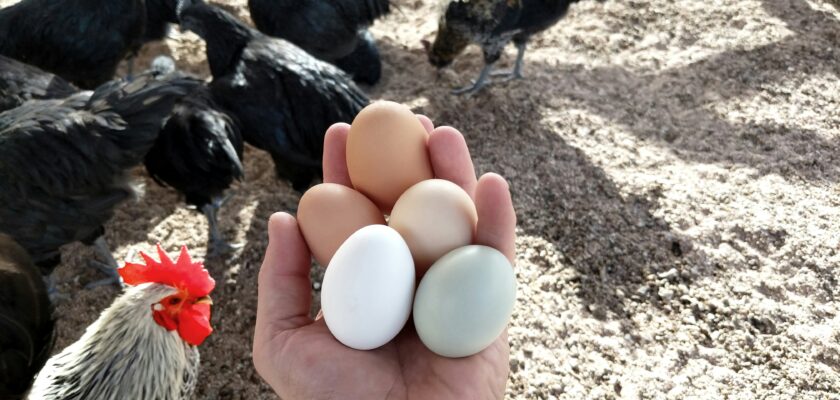Introduction: The Fascination with Egg-Laying Chickens
Chickens have captivated humans for centuries—not just because of their quirky personalities, but because of their ability to produce one of nature’s most versatile foods: the egg. Whether you’re a backyard hobbyist or a full-scale poultry farmer, one question always comes up: how many eggs does a chicken lay per day? In this guide, we’ll explore the science, the myths, and the actionable tips you need to keep your hens productive and happy.
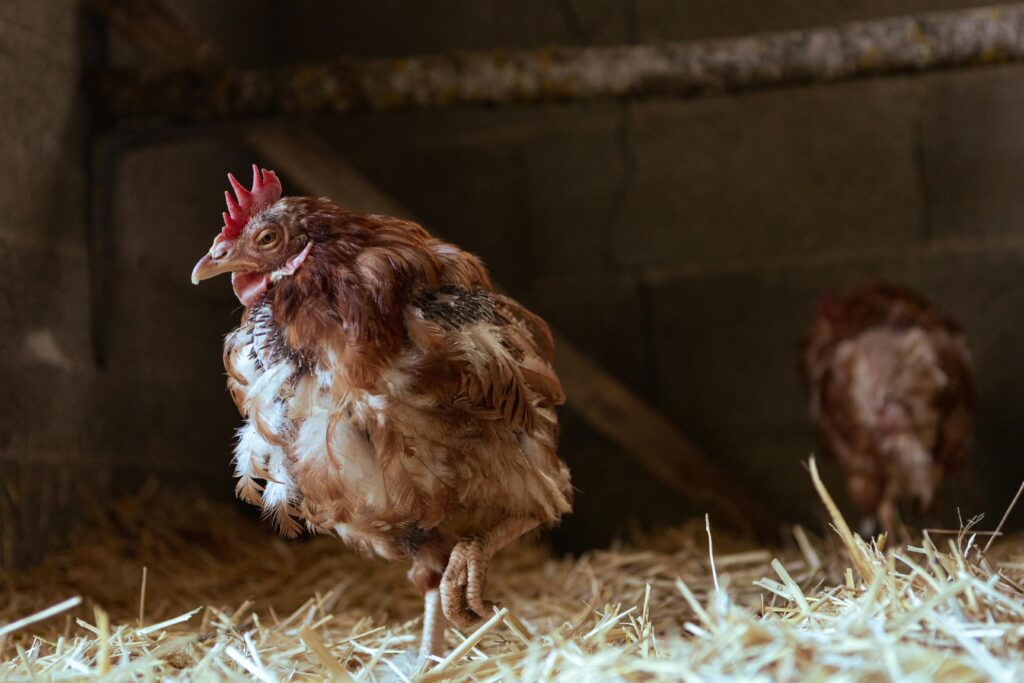
Photo by Andreas Ebner
The Short Answer: Daily Egg-Laying Limits
Average Eggs per Chicken per Day
Most healthy laying hens produce one egg every 24 to 26 hours, which means one egg per day at most—but not always consistently. On average, a high-producing breed might lay 5–7 eggs per week, but that doesn’t mean she lays one each day like clockwork.
Why Chickens Don’t Always Lay Daily
Even under ideal conditions, hens experience natural pauses due to:
- Molting (shedding and regrowing feathers)
- Seasonal daylight reduction
- Nutritional imbalances
- Age-related slowdowns
- Environmental stressors
Understanding these rhythms is key to managing expectations and optimizing productivity.
Key Factors That Influence Egg Production
Breed Type and Genetics
Not all chickens are created equal when it comes to egg-laying. Some breeds have been selectively bred for high yield, while others are ornamental or dual-purpose.
| Breed | Average Eggs/Year | Egg Color |
| White Leghorn | 300–320 | White |
| ISA Brown | 300+ | Brown |
| Plymouth Rock | 200–280 | Brown |
| Australorp | 250–300 | Light Brown |
Age of the Chicken
- Pullets (under 6 months) typically don’t lay.
- Peak production occurs between 6 months to 2 years.
- After age 2, hens may slow to 3–4 eggs/week.
Diet and Nutrition
Hens need high-protein (16–18%), calcium-rich feed to maintain consistent laying. Additions like oyster shell supplements, leafy greens, and fresh water also boost output.
Light Exposure and Seasonal Changes
Chickens need about 14–16 hours of light daily to keep laying. Egg output drops in winter unless artificial lighting is introduced in the coop.
Stress, Environment, and Living Conditions
Stress drastically impacts laying. Factors include:
- Overcrowded coops
- Predator threats
- Dirty nests
- Lack of dust baths
- Disrupted routines
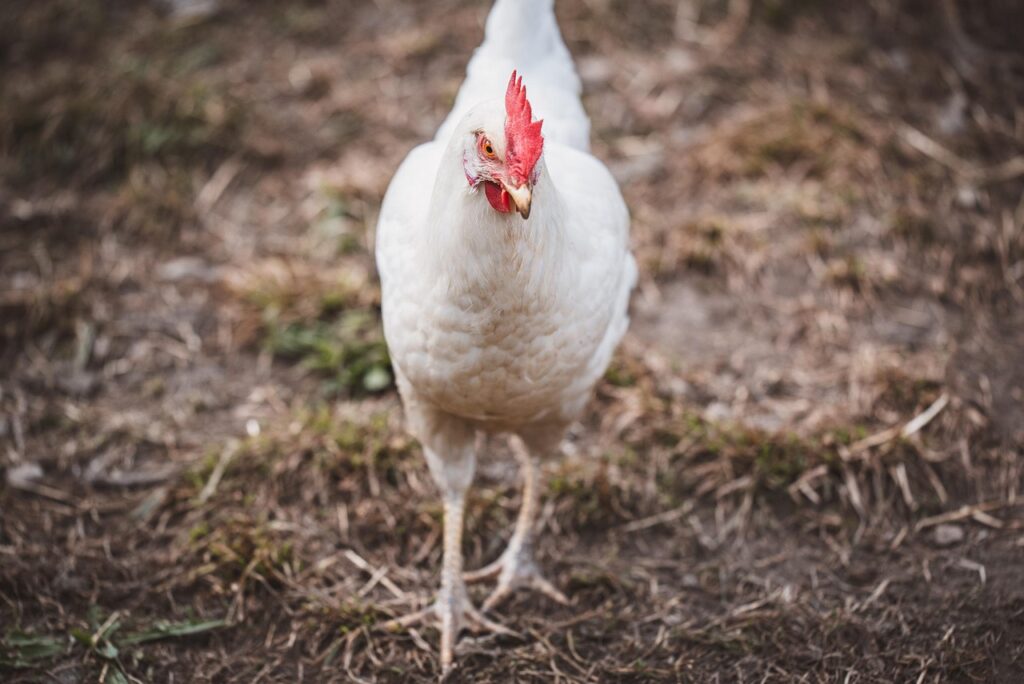
Top Egg-Laying Chicken Breeds
White Leghorn
- Excellent layers of white eggs
- Lightweight and efficient eaters
- Ideal for large-scale egg production
ISA Brown
- Commercial hybrid known for extreme productivity
- Docile and beginner-friendly
- Lays large brown eggs
Plymouth Rock
- Dual-purpose breed with calm temperament
- Reliable layers with long productive lifespan
Rhode Island Red
- Hardy, rugged breed
- Good in colder climates
- Lays medium to large brown eggs
Egg Production Timeline: What to Expect Month by Month
| Age (Months) | Egg Production Stage |
| 0–5 | Chick stage – no laying |
| 5–6 | Onset of laying (small, irregular eggs) |
| 6–24 | Peak production – daily laying possible |
| 24–36 | Gradual slowdown |
| 36+ | Occasional layers, may stop entirely by age 5–6 |
How to Maximize Egg Production in Your Flock
Ideal Coop Setup and Cleanliness
- 1 nesting box per 3–4 hens
- Daily egg collection to prevent breakage or broodiness
- Ventilation to prevent respiratory illness
Balanced Feed and Supplementation
- Use layer feed with 16–18% protein
- Add oyster shells for calcium
- Include grit to aid digestion
Keeping Chickens Stress-Free
- Provide dust baths
- Rotate free-ranging space
- Protect from loud noises and predators
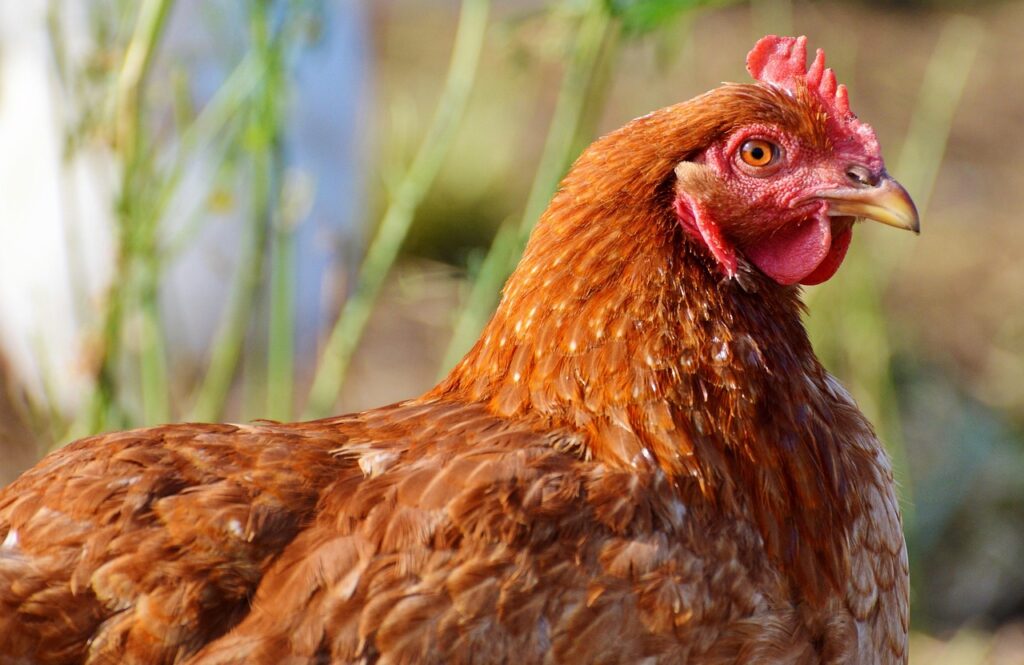
Egg-Laying Myths Debunked
Can Chickens Lay Two Eggs a Day?
Rare and usually abnormal. Sometimes two yolks may form in one egg, but producing two full eggs in a 24-hour cycle isn’t natural or sustainable.
Do Roosters Affect Egg Laying?
No. Roosters are only needed for fertilizing eggs. Their presence doesn’t increase (or decrease) laying frequency—though they may contribute to coop stress.
FAQs
1. Can a chicken lay more than one egg per day?
No, chickens typically lay one egg per day due to their biological cycle. While rare double egg occurrences happen, it’s not sustainable or healthy.
2. Do chickens need a rooster to lay eggs?
No, hens lay eggs without a rooster. Roosters are only necessary for fertilized (hatchable) eggs.
3. Why did my chicken stop laying eggs?
Possible reasons include molting, poor diet, lack of light, stress, illness, or aging.
4. How can I tell which hen is laying eggs?
Use nest box cameras, colored leg bands, or temporarily isolate hens to observe laying behavior.
5. What’s the best feed for egg-laying chickens?
Layer pellets or crumbles with at least 16% protein and added calcium.
6. How long do hens lay eggs?
Most hens lay well for 2–3 years, with production tapering off afterward. Some continue sporadically for up to 5–7 years.
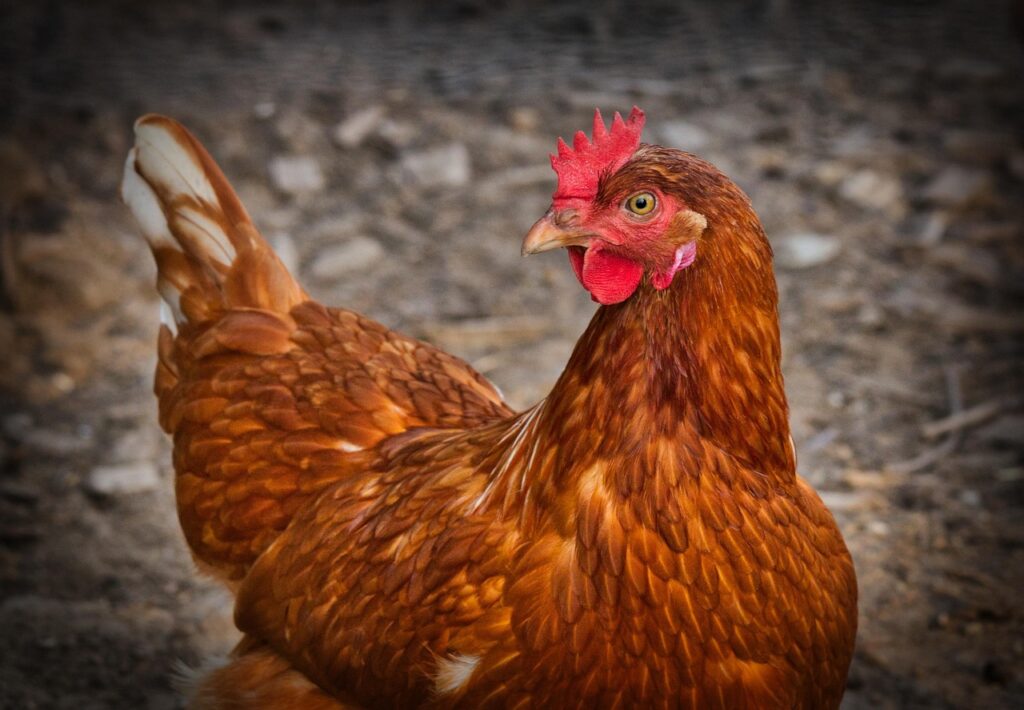
Image by pixabay
Conclusion: Raising Happy Hens Means More Eggs
Understanding how many eggs a chicken lays per day involves more than counting—it’s about managing light, feed, genetics, and the environment. With the right care and knowledge, your flock can stay healthy and productive year-round. Whether you’re raising hens for family use or for commercial production, the key is consistent attention and a bit of TLC.
